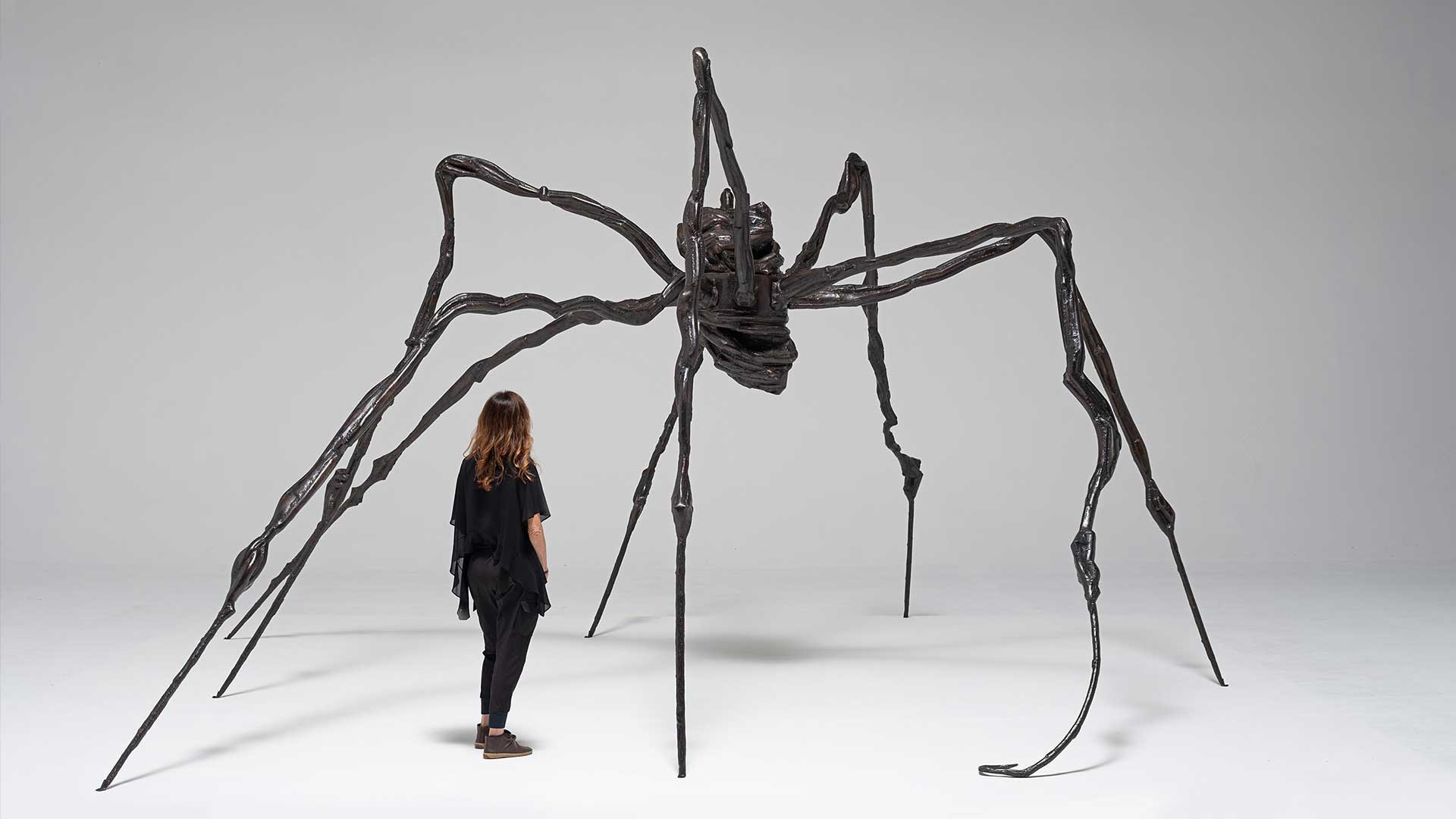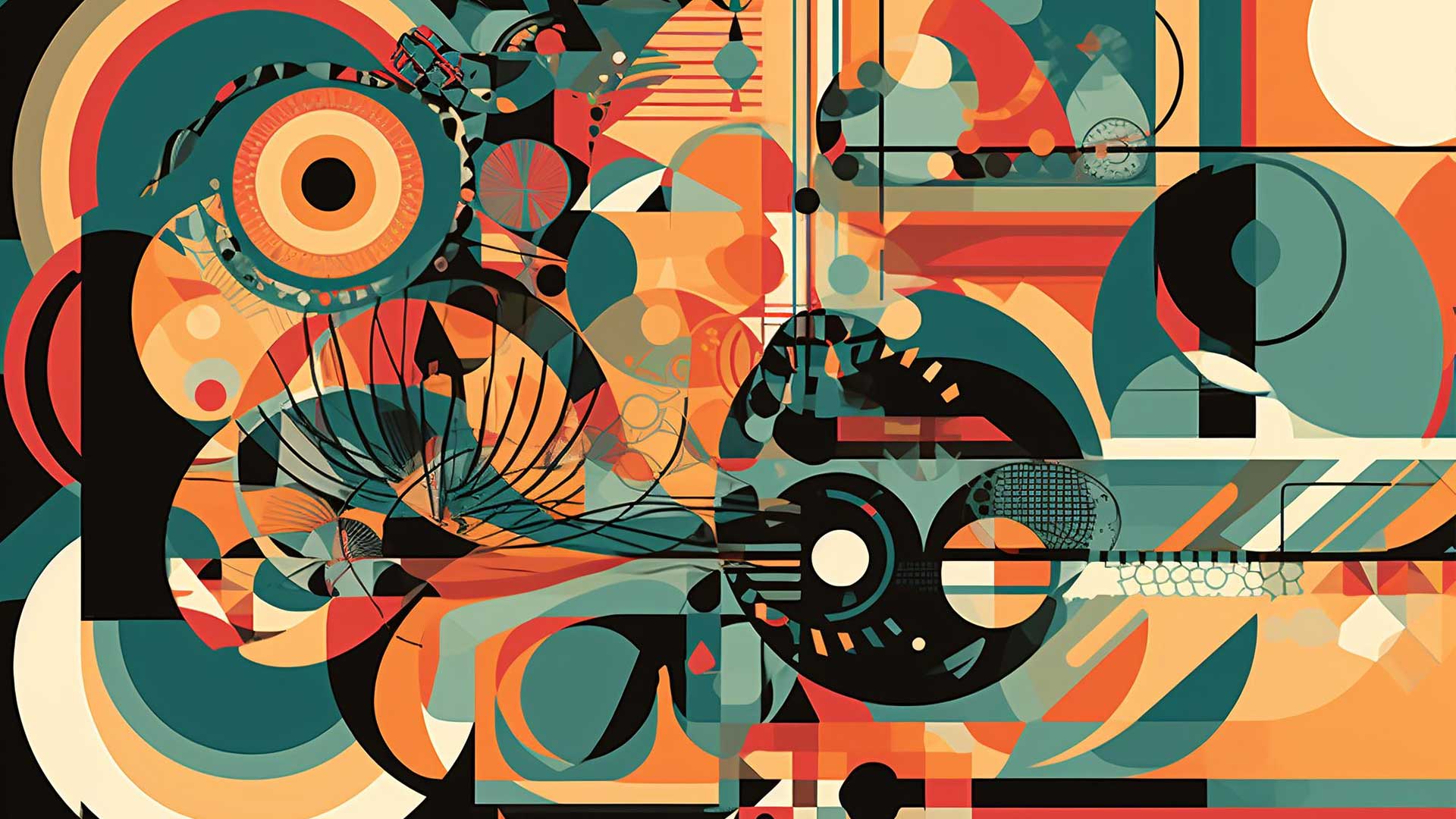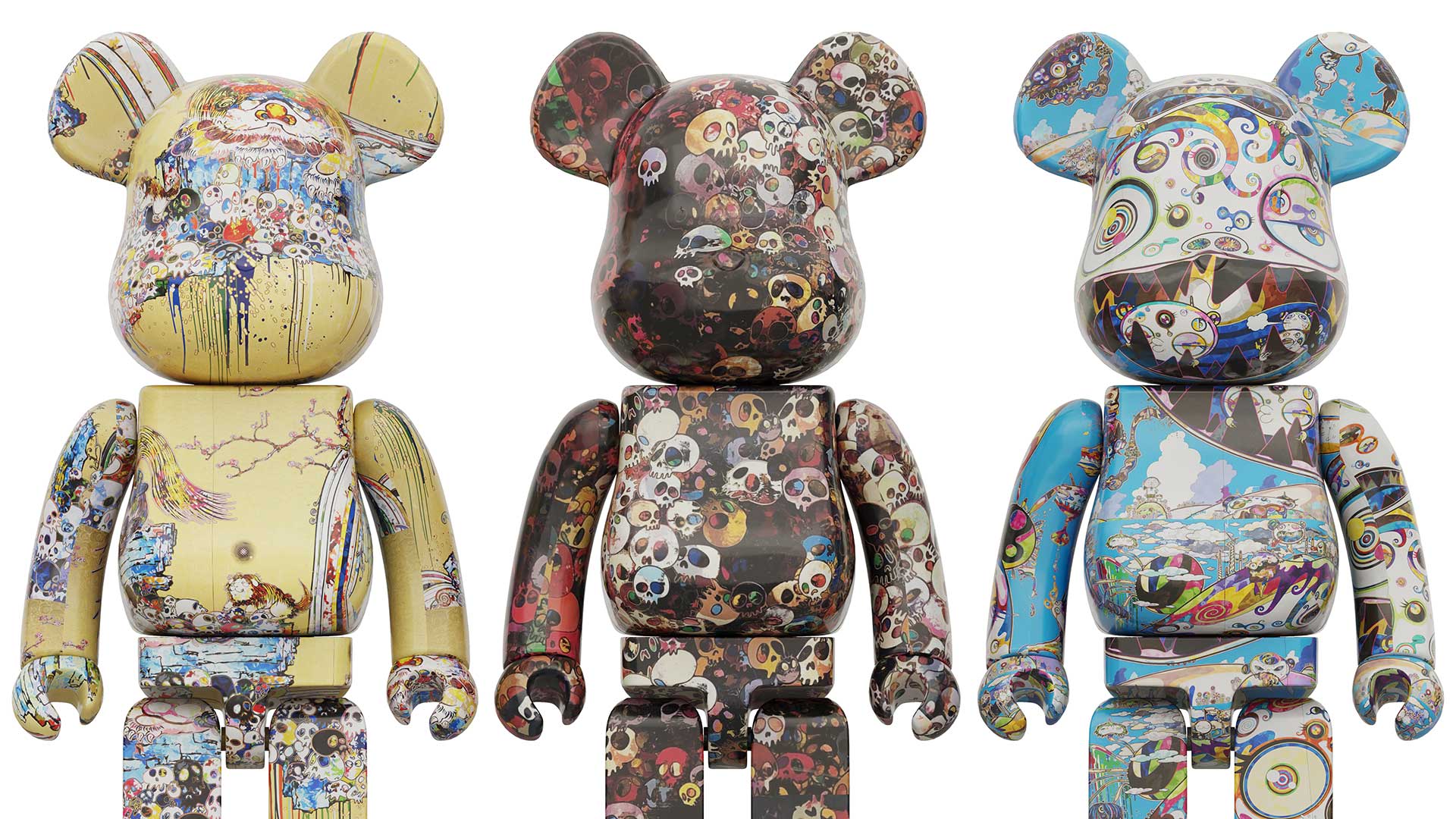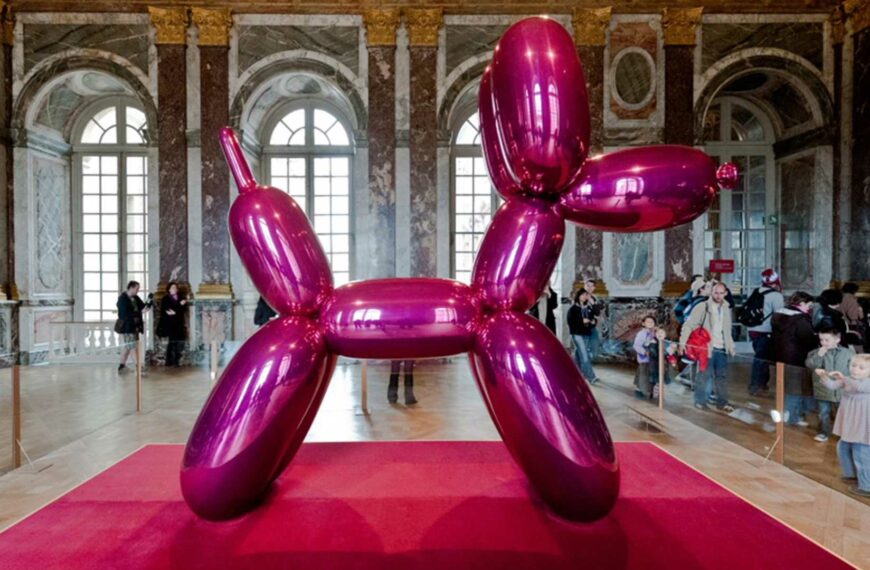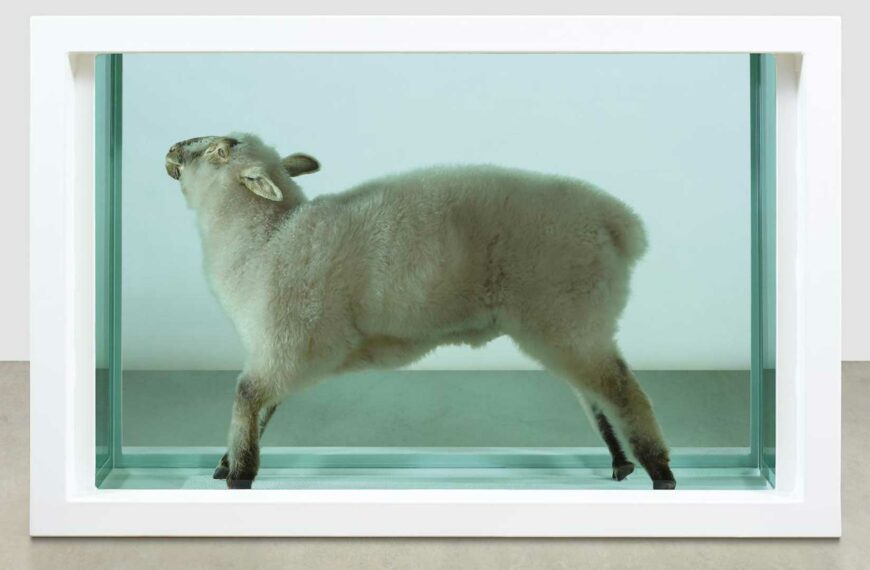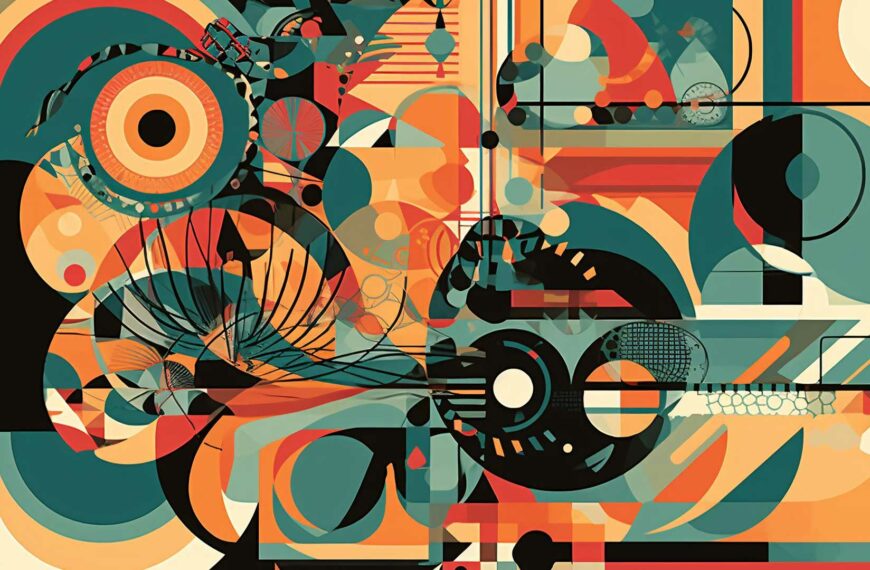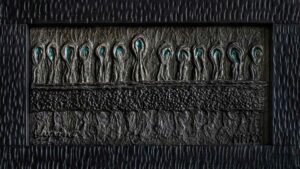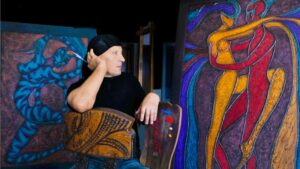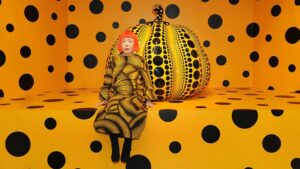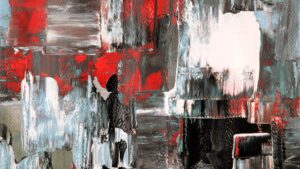Louise Bourgeois, a French-American artist, is widely regarded as one of the great figures of modern and contemporary art. With a career spanning eight decades, from the 1930s until 2010, Bourgeois’s work delves deep into the human experience, exploring themes such as childhood trauma, sexuality, domesticity, and the unconscious. Through her versatile use of mediums, she challenged traditional notions of femininity and created art that continues to captivate audiences around the world. In this article, we will delve into the life and work of Louise Bourgeois, examining her artistic expression, symbolic themes, collaborations, techniques, and the significance of her contributions.
What You Will Learn About the Modern Artist Louise Bourgeois
- Bourgeois’ French-American background and childhood experiences influenced her artistic vision.
- She expressed her art through various mediums, challenging traditional notions of femininity and domesticity.
- Her artwork explores themes of childhood trauma, sexuality, and the unconscious, often using symbolism such as spiders.
Early Life and Influences
French-American Background and its Influence on Bourgeois’ Artistic Vision
Born on December 25, 1911, in Paris, France, Louise Bourgeois was raised in a family that valued art and creativity. Her parents ran a tapestry restoration business, which exposed her to the world of textiles and craftsmanship from an early age. This upbringing had a profound impact on her artistic vision, as she later incorporated fabric and textiles into her sculptures and installations.
Bourgeois’s move to the United States in 1938 further shaped her artistic journey. Settling in New York City, she became an integral part of the American art scene and the feminist art movement. The cultural diversity and vibrant energy of the city played a crucial role in expanding her artistic horizons and pushing boundaries within her work.
Childhood Experiences and Education: Shaping Bourgeois’ Artistic Development
Louise Bourgeois’s childhood experiences and education also played a significant role in shaping her artistic development. Growing up in a family plagued by infidelity and her father’s affair with her governess, she experienced profound feelings of betrayal and abandonment. These early traumas became recurring themes in her art, as she sought to explore and understand the complexities of human emotions.
Bourgeois’s formal art education began at the École des Beaux-Arts and later at the École du Louvre in Paris, where she studied art history. However, it was her time at the Art Students League in New York City that truly honed her skills and allowed her to develop her unique artistic voice. Under the guidance of renowned artists such as Hans Hofmann and Robert Motherwell, Bourgeois experimented with different mediums and techniques, eventually finding her artistic calling in sculpture and installation art.
Artistic Expression
Versatility in Mediums: Sculpture, Installation Art, Painting, and Printmaking
Although Louise Bourgeois is best known for her large-scale sculptures and installations, she was a prolific artist who explored various mediums throughout her career. In addition to her sculptural work, she was also an accomplished painter and printmaker. This versatility allowed her to express her artistic vision in different ways, experimenting with form, texture, and color.
Bourgeois’s sculptures often evoke a sense of both vulnerability and strength, with recurring motifs such as body parts, architectural structures, and organic forms. Her installations, on the other hand, create immersive environments that invite viewers to engage with the artwork on a deeper level. Through her paintings and prints, she further explored themes of sexuality, memory, and the human psyche.
Challenging Traditional Notions of Femininity and Domesticity
Louise Bourgeois’s art challenges traditional notions of femininity and domesticity, offering a unique perspective on the female experience. Drawing inspiration from her own life and the societal expectations placed on women, she tackled themes such as motherhood, sexuality, and the female body. Her work serves as a powerful critique of the patriarchal structures that govern society and the constraints placed on women’s lives.
Bourgeois’s exploration of domesticity is particularly noteworthy. She subverts traditional symbols of domesticity, such as furniture and textiles, transforming them into objects of both comfort and unease. Through her art, she invites viewers to reconsider the roles assigned to women and the hidden complexities that lie beneath the surface.
Juxtaposing Opposing Forces: Vulnerability and Strength in Bourgeois’ Artwork
Louise Bourgeois’s art often juxtaposes opposing forces, creating a dynamic tension within her work. She explores the dichotomy of vulnerability and strength, exposing the fragility of the human condition while celebrating resilience. This interplay between opposing forces is evident in her sculptures, installations, and even her use of materials.
One of Bourgeois’s most iconic works, “Maman,” exemplifies this juxtaposition. This colossal spider sculpture, standing over 30 feet tall, represents both maternal protection and fear. The spider, traditionally associated with fear and repulsion, becomes a symbol of nurturing and strength in Bourgeois’s interpretation. This duality is a recurring theme in her art, inviting viewers to confront their own complex emotions and perceptions.
Symbolism and Themes
Exploration of Childhood Trauma, Sexuality, and the Unconscious
Louise Bourgeois’s art is deeply rooted in her exploration of childhood trauma, sexuality, and the unconscious mind. Drawing from her own experiences, she delves into the complexities of human emotions and the lasting impact of early life experiences. Through her artwork, she creates a visual language that communicates these deeply personal and universal themes.
Bourgeois’s sculptures often incorporate body parts and fragmented forms, evoking a sense of vulnerability and introspection. Her use of materials and textures further adds depth to her exploration of the human psyche, creating tactile and sensory experiences for the viewer. By confronting these challenging themes head-on, Bourgeois invites viewers to reflect on their own emotional landscapes.
The Intriguing Symbolism of Spiders in Bourgeois’ Artwork
One of the most intriguing symbols in Louise Bourgeois’s artwork is the spider. Throughout her career, she created numerous spider sculptures, each with its own unique symbolism and meaning. The spider, for Bourgeois, represents a complex mix of psychological and biographical allusions.
In her sculptures, spiders are often depicted as both menacing and protective figures. They embody the themes of motherhood, weaving, and repair. The spider’s web, a recurring motif in Bourgeois’s art, serves as a metaphor for the intricate threads that connect individuals to their past, their traumas, and their desires. By using spiders as symbols, Bourgeois explores the complexities of human relationships and the intricate webs we weave in our lives.
1. Psychological and Biographical Allusions
Bourgeois’s fascination with spiders is deeply rooted in her own personal history. As a child, she worked in her family’s tapestry restoration business, where she repaired damaged textiles. This experience of weaving and repairing served as a metaphor for Bourgeois’s own journey of healing and self-discovery. The spider, with its ability to create intricate webs and repair its own webs when damaged, became a powerful symbol of resilience and regeneration.
2. Depth and Complexity of Bourgeois’ Conception of the Spider Symbol
The spider symbol in Bourgeois’s art extends beyond its personal significance. It also carries broader cultural and psychological connotations. The spider can be seen as a symbol of the feminine, with its associations to weaving, nurturing, and protection. At the same time, it can evoke feelings of fear and repulsion, challenging traditional notions of femininity and embracing the complexity of the female experience.
The spider sculptures created by Bourgeois vary in size, material, and presentation, further adding to the depth and complexity of her conception of the spider symbol. From delicate bronze sculptures to colossal steel installations, each spider sculpture invites viewers to contemplate the multifaceted nature of human existence.
Collaborations and Exhibitions
Impact of Collaborations on Bourgeois’ Artistic Development
Throughout her career, Louise Bourgeois collaborated with other artists, writers, and musicians, further expanding her artistic horizons. These collaborations allowed her to explore new ideas, experiment with different mediums, and challenge her own artistic boundaries. Collaborations with artists such as Robert Rauschenberg and Tracey Emin brought fresh perspectives and new approaches to her work, fostering artistic growth and innovation.
Notable Exhibitions Showcasing the Artwork of Louise Bourgeois
Louise Bourgeois’s artwork has been exhibited worldwide, garnering critical acclaim and captivating audiences. Her sculptures and installations have been displayed in prestigious institutions such as the Tate Modern in London, the Museum of Modern Art in New York, and the San Francisco Museum of Modern Art. These exhibitions have provided viewers with an opportunity to immerse themselves in Bourgeois’s art and engage with the profound themes she explored.
One notable exhibition that showcased the complexity of Bourgeois’s conception of spiders was held at the San Francisco Museum of Modern Art. This exhibition examined the symbolism of spiders in her work, featuring sculptures in various materials and sizes. Through this exhibition, viewers were able to gain a deeper understanding of the intricate layers of meaning embedded within Bourgeois’s art.
Reception by Audiences and Critics: Understanding the Significance of Bourgeois’ Contributions
Louise Bourgeois’s art has garnered both admiration and critical acclaim throughout her career. Her contributions to contemporary art, particularly her exploration of themes such as trauma, femininity, and the unconscious, have made a lasting impact on the art world. Her innovative use of materials, thought-provoking themes, and emotional intensity have resonated with audiences, sparking conversations and reflections on the human experience.
Critics have praised Bourgeois’s ability to create art that is simultaneously personal and universal. Her sculptures and installations invite viewers to confront their own fears, desires, and vulnerabilities, fostering a sense of connection and empathy. Bourgeois’s art continues to inspire and challenge artists and art enthusiasts alike, encouraging them to explore the transformative power of contemporary art.
| Collaborations | Notable Techniques |
|---|---|
| Collaborated with artists like Robert Rauschenberg and Tracey Emin | Utilized exquisite corpse drawing |
| Collaborated with writers and musicians | Incorporated the spiral form into her artwork |
| Depicted friendship and the significance of hands | |
| Integrated language and writing into her art |
A Personal Encounter with Bourgeois’ Art: Transforming Trauma into Triumph
Louise Bourgeois’ artwork has always held a special place in my heart, but it wasn’t until I experienced her work in person that I truly understood the transformative power it holds. I had the opportunity to visit an exhibition showcasing her sculptures, and one piece in particular left a lasting impression on me.
As I stood in front of the towering sculpture, I was immediately drawn to its intricate details and haunting presence. It depicted a giant spider, its long, spindly legs reaching out in all directions. The spider seemed both delicate and powerful, a paradoxical combination that mirrored the complexities of Bourgeois’ own life and experiences.
I couldn’t help but be reminded of the personal struggles I had faced in my own life. Like the spider, I had experienced moments of vulnerability and fear, but I had also found strength within myself to overcome those challenges. Bourgeois’ sculpture served as a powerful symbol of resilience and transformation, a reminder that even the darkest moments can be turned into something beautiful.
This encounter with Bourgeois’ art allowed me to see firsthand how she used her own traumatic experiences to create something extraordinary. Through her work, she encouraged viewers to confront their own emotions and find solace in the process of self-expression. It was a profound reminder of the healing power of art and the importance of embracing our own personal narratives.
Louise Bourgeois’ legacy as a transformative artist continues to inspire and captivate audiences around the world. Her ability to channel her emotions into powerful works of art serves as a testament to the resilience of the human spirit. Through her sculptures and installations, she invites us to explore our own vulnerabilities and find strength in the face of adversity. Bourgeois’ art is a testament to the transformative power of creativity, reminding us that even in our darkest moments, we have the ability to rise above and create something truly extraordinary.
Techniques and Artistic Practices
Unique Techniques: Exquisite Corpse Drawing and the Spiral Form
Louise Bourgeois employed various unique techniques in her artistic practice, adding depth and complexity to her work. One notable technique she utilized was exquisite corpse drawing, a collaborative method often associated with the Surrealist movement. Exquisite corpse drawing involves multiple artists working on a single piece of paper, each contributing a section without seeing what the others have created. This technique allowed Bourgeois to explore the unexpected and embrace spontaneity within her art.
Another technique synonymous with Bourgeois’s artwork is the use of the spiral form. The spiral is a recurring motif in her sculptures, installations, and drawings. It represents themes of growth, transformation, and the cyclical nature of life. Through the spiral form, Bourgeois invites viewers to contemplate the passage of time, the interconnectedness of past and present, and the continuous evolution of the self.
Depiction of Friendship and the Significance of Hands in Bourgeois’ Art
Friendship and the significance of hands play a prominent role in Louise Bourgeois’s artwork. She often depicted intertwined hands in her sculptures and drawings, symbolizing the complexities and intimacies of human relationships. The gesture of hands embracing or holding one another conveys a sense of connection, support, and tenderness.
Bourgeois’s exploration of hands also extends to the symbolism of touch. For her, touch represents both vulnerability and strength, evoking emotions and memories. Through her art, she invites viewers to reflect on the power of touch in their own lives and relationships, highlighting the importance of human connection.
Language and Writing: Adding Layers of Meaning to Bourgeois’ Art Pieces
Language and writing played a significant role in Louise Bourgeois’s artistic practice. She often incorporated text and written elements into her artwork, adding layers of meaning and further enriching the viewer’s experience. Through the use of words, Bourgeois expanded the narrative of her art, inviting viewers to engage with the written language as they engaged with the visual components.
By incorporating language and writing, Bourgeois encouraged viewers to consider the relationship between words and images, and how they can evoke different emotional responses. This integration of text into her art created a dialogue between the visual and the literary, blurring the boundaries between the two mediums.
Conclusion
Louise Bourgeois, a transformative modern artist, has left an indelible mark on contemporary art. Through her exploration of diverse themes and innovative use
FAQ
Who was Louise Bourgeois?
Louise Bourgeois was a renowned modern artist known for her sculptures and installations.
What was Louise Bourgeois known for?
Louise Bourgeois was known for her emotionally charged artworks that explored themes of sexuality, femininity, and the human condition.
How did Louise Bourgeois influence modern art?
Louise Bourgeois’s innovative use of materials and her exploration of personal experiences greatly influenced the development of modern art.
What objections are there to Louise Bourgeois’s art?
Some may argue that Louise Bourgeois’s art is too abstract or disturbing, but it is precisely these qualities that make her work unique and thought-provoking.
Who were Louise Bourgeois’s contemporaries in the art world?
Louise Bourgeois was associated with Surrealists, Abstract Expressionists, and other prominent artists of her time, such as Marcel Duchamp and Jackson Pollock.
How can I appreciate Louise Bourgeois’s art?
To appreciate Louise Bourgeois’s art, take the time to understand the symbolism and personal narratives embedded in her sculptures and installations.
Image Source: The Art Newspaper

